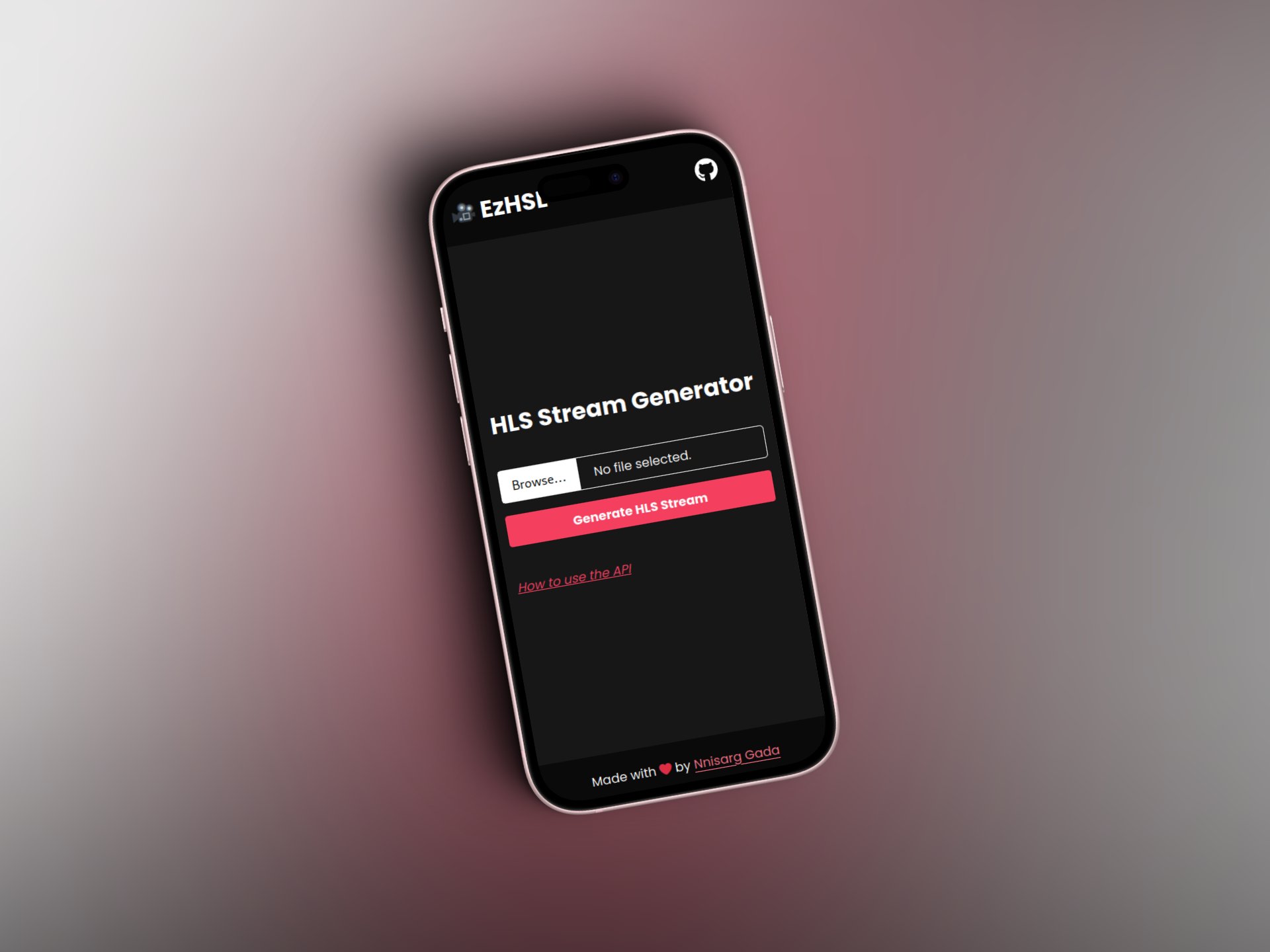Unlocking the Magic Behind Seamless Streaming: How HLS Transforms Video Delivery
Discover how HLS enhances video streaming and my API for effortless video-to-HLS conversion.
- #api
- #hls
- #webdev
- #streaming
• 3 min read
Have you ever wondered how platforms like YouTube don't load entire videos at once, yet still provide a smooth, uninterrupted viewing experience? Or how you can effortlessly switch between different video quality options to suit your internet speed? The secret lies in the technology called HLS (HTTP Live Streaming). In this blog, we'll explore the wonders of HLS Streams, their various applications, and introduce a powerful API that can convert your videos into HLS Streams effortlessly.
The Mystery of Modern Video Streaming
When you watch a video on YouTube, you might notice that it doesn't buffer the entire video in one go. Instead, it streams seamlessly, even as you skip ahead or switch to a different resolution. This magical experience is made possible by HLS, a protocol that chops video files into small segments and delivers them efficiently based on your internet connection and device capabilities.
What are HLS Streams?
HLS, or HTTP Live Streaming, is a protocol developed by Apple for streaming media over the internet. It divides video content into small chunks and delivers them over HTTP, enabling adaptive bitrate streaming. This means the video quality can automatically adjust based on the viewer's bandwidth and device performance, ensuring a smooth viewing experience with minimal buffering.
Key features of HLS include:
- Adaptive Bitrate Streaming: Dynamically adjusts the video quality to match the viewer's internet speed.
- Scalability: Uses standard HTTP servers, making it scalable and easy to deploy.
- Cross-Platform Compatibility: Supported on a wide range of devices, including iOS, Android, macOS, Windows, and more.
Where are HLS Streams Used?
HLS has become the backbone of modern video streaming, used in various applications, such as:
- Live Streaming: Ideal for broadcasting live events like sports, concerts, and news, offering low latency and high audience capacity.
- Video On Demand (VoD): Popular streaming services like Netflix and Hulu use HLS to deliver their extensive libraries of movies and TV shows.
- Education: Online learning platforms utilize HLS to provide smooth and accessible video lectures and tutorials.
- Corporate Communications: Companies leverage HLS for live webinars, training sessions, and important announcements.
Introducing EzHLS: Your Video to HLS Conversion API
To simplify the process of converting videos to HLS Streams, we've developed an API called EzHLS that handles all the complexities for you. Our API is designed to seamlessly integrate HLS streaming capabilities into your applications, ensuring high performance and ease of use.

Features of EzHLS:
- Simple Integration: User-friendly endpoints for quick and hassle-free integration.
- High Performance: Efficient conversion process ensuring minimal latency and high-quality output.
- Scalability: Capable of handling large volumes of video content, making it perfect for both small and large-scale applications.
- Customization: Flexible options to tailor the streaming experience to your specific needs.
- Self-Hosting: Option to self-host the API for greater control and customization.
You can find the repository for self-hosting on GitHub: EzHLS Repository.
By leveraging EzHLS, you can transform your video delivery system, providing your users with the high-quality, seamless streaming experience they expect.
Conclusion
HLS Streams are the cornerstone of modern video streaming, enabling adaptive, high-quality content delivery across various platforms and devices. With EzHLS, you can effortlessly integrate this powerful technology into your applications, ensuring your audience enjoys smooth, uninterrupted viewing every time. Unlock the magic of HLS today and elevate your video streaming capabilities to the next level.